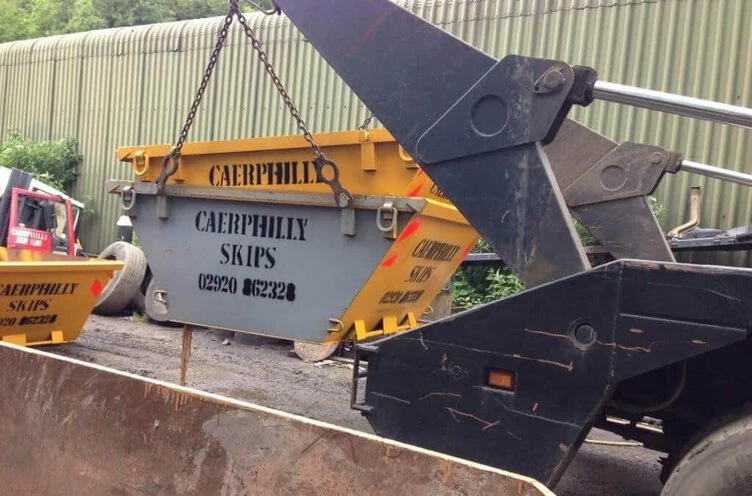 Add My Company
Add My Company

Here at Caerphilly Skips, we want to welcome you into our insider’s guide, where we will be demystifying the world of waste management. If you have ever found yourself tackling the complexities of effective waste management or imagined how skip hires can transform your entire cleanup process, Caerphilly Skips has all of the solutions for you. In this article, we will be exploring the landscape of skip hires, discovering the suitable types and sizes, and the step-by-step process, helping you to understand the entire process.
Whether you are a homeowner looking to renovate your home, a business owner managing a project on-site, or simply an individual who is looking to de-clutter their home, this guide is crafted to equip you with everything you need to know. From environmental considerations to legal requirements, let’s start this journey to perfect the perspective of skip hires and alternate the way you choose to dispose of your waste.
Types Of Skips And Suitable Sizes
At Caerphilly Skips, we have a solution to each and every one of your projects, big or small. We offer a variety of sizes ranging from our mini skips (2 cubic yards) to our maxi skips (12 cubic yards). These types of skips are all great for removing waste from either a clean-out or bulky waste items, helping you to remove all waste without any hassle.
We have 3 different types of skips that are created for specific uses, where you can find more information about the functionalities and purposes of each skip here.
Step-By-Step Process of Skip Hires
The skip-hire process is commonly used for waste disposal, especially during renovation or construction projects, Here is a step-by-step guide to how it usually works:
Assess your waste:
Firstly, you should evaluate the amount of waste you will be producing. Our different-size skips are appropriate for different types of waste, so knowing this information will help you in choosing the right skip and size for you.
Choosing the right skip:
Skip sizes vary, which can range from mini skips to maxi skips. It is important to select a skip size based on the volume of waste you expect to produce. It is always a good idea to slightly overestimate to avoid overloading the skip.
Check permit requirements:
In some locations, placing a skip in a public area may require a permit. It is important to check with your local council to determine if you need a permit and gain one if necessary. If you fail to execute this, it can result in fines.
Book the skip:
Contact us to book the skip, and provide us with details about the type of waste, the estimated duration you will need the skip, and the location, where we can arrange a convenient delivery date.
Delivery of the skip:
On the arranged day, we will deliver the skip to your required location. You will need to ensure that there is enough space for the skip, and consider placing it on private property to skip the need for a permit.
Fill the skip efficiently:
Fill up the skip with the intended waste materials, and be aware of any restrictions such as hazardous materials on certain types of waste. Overfilling the skip may result in additional charges or the skip not being collected.
Collection of the skip:
Once you have filled up the skip with the waste, or the rental period has ended, contact us to schedule the collection. We will come and pick up the skip, and the waste will be taken to a waste processing facility.
For more information on Insiders Guide To Skip Hires – Everything You Need To Know talk to Caerphilly Skips

